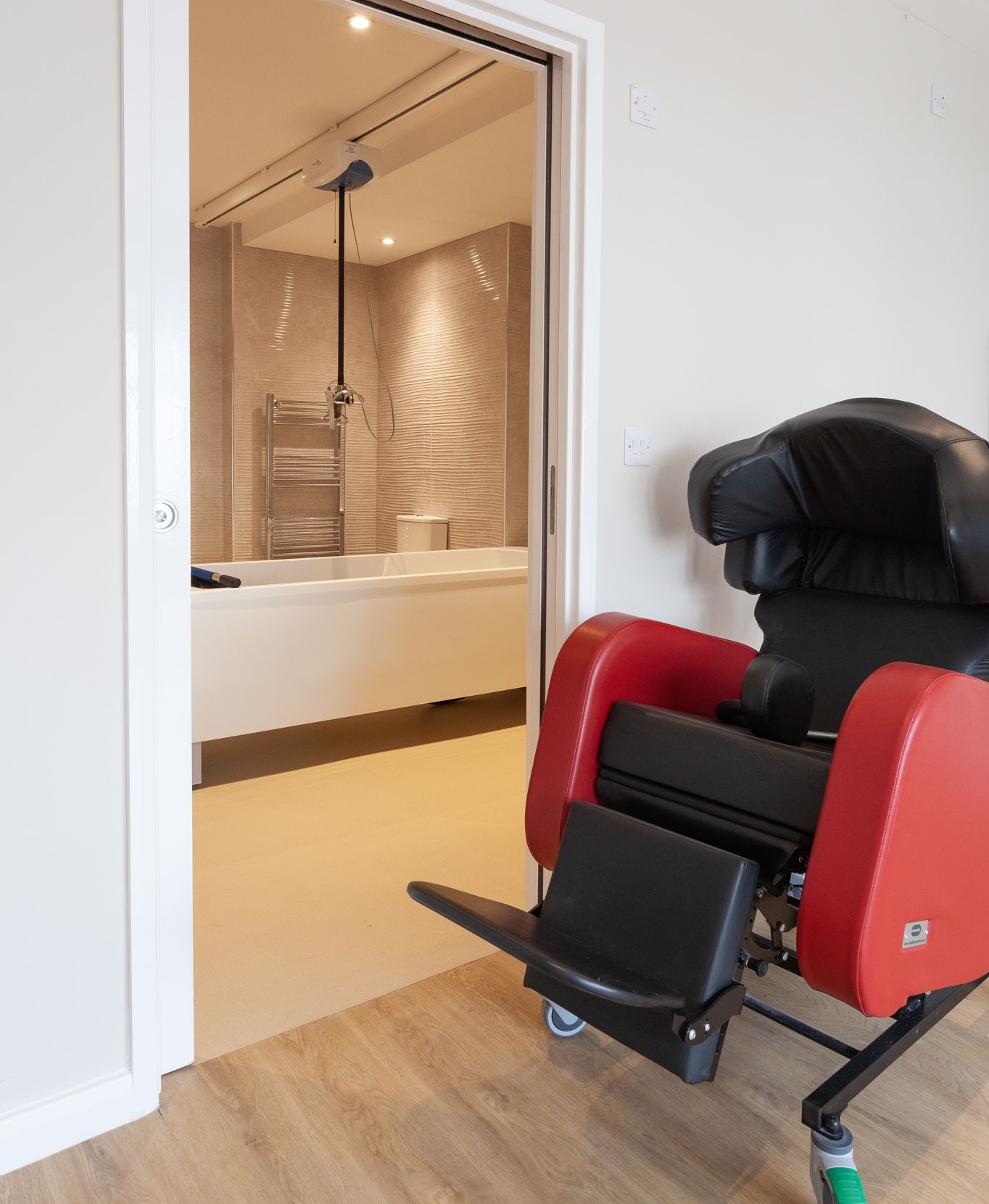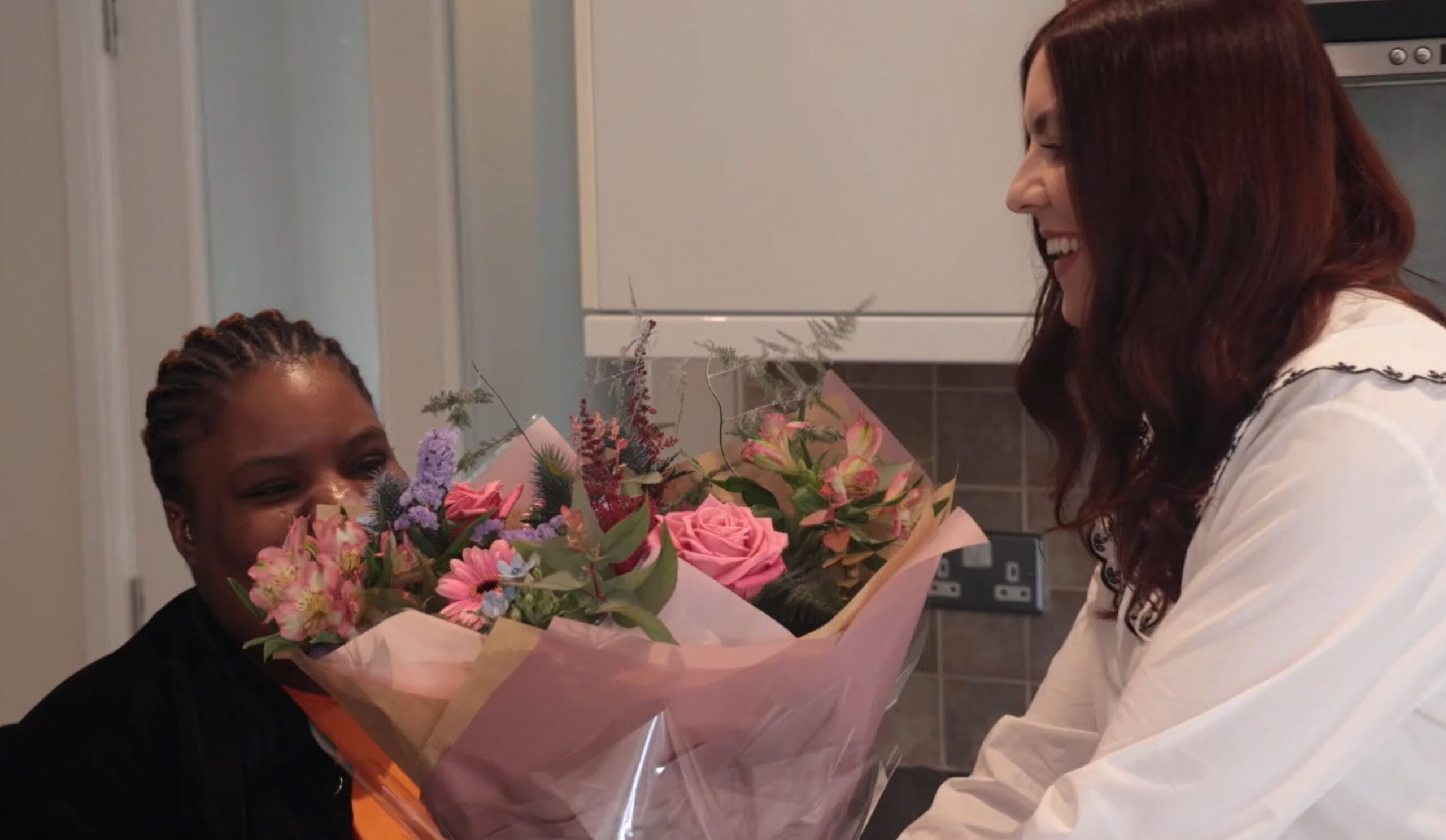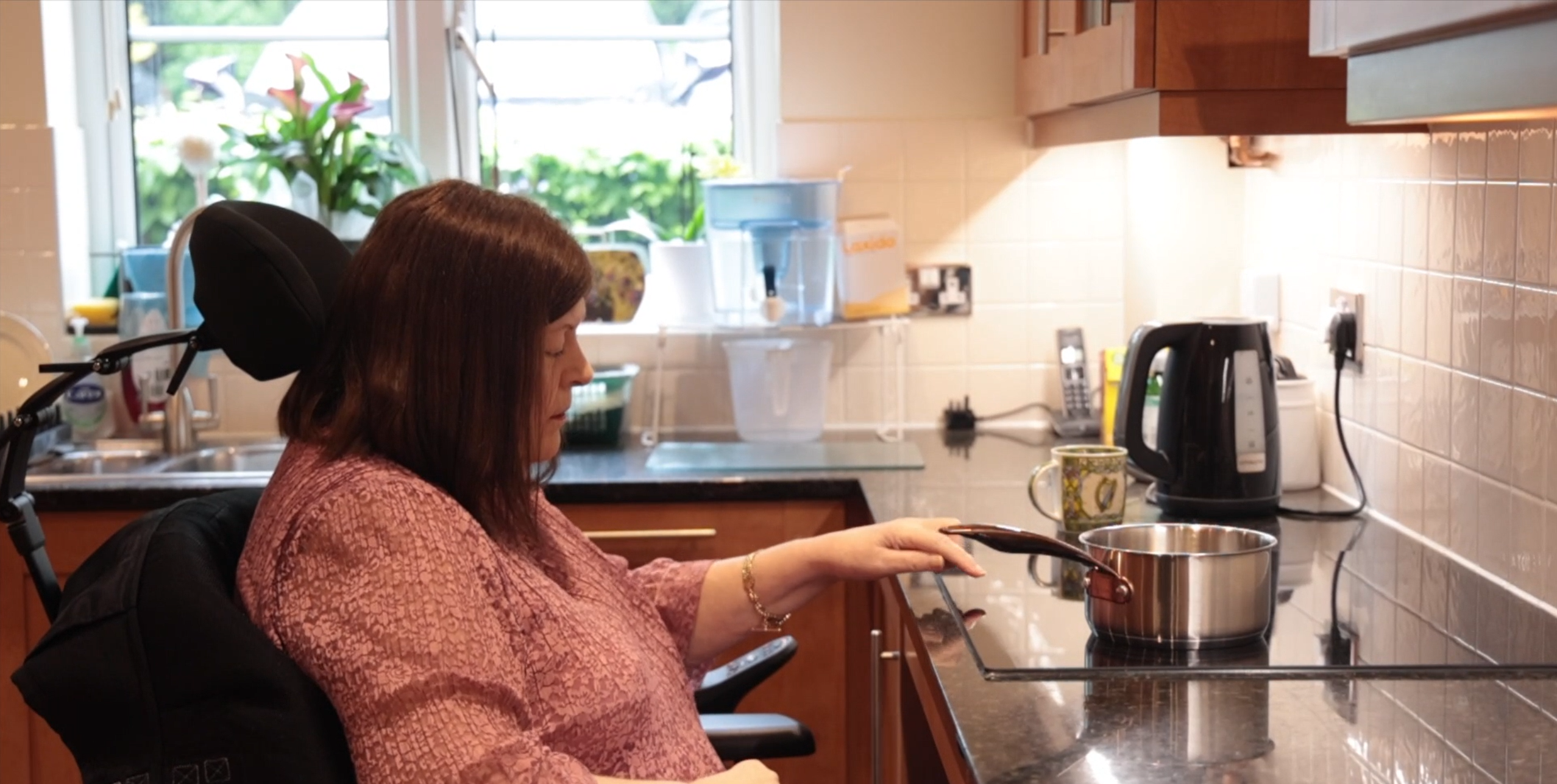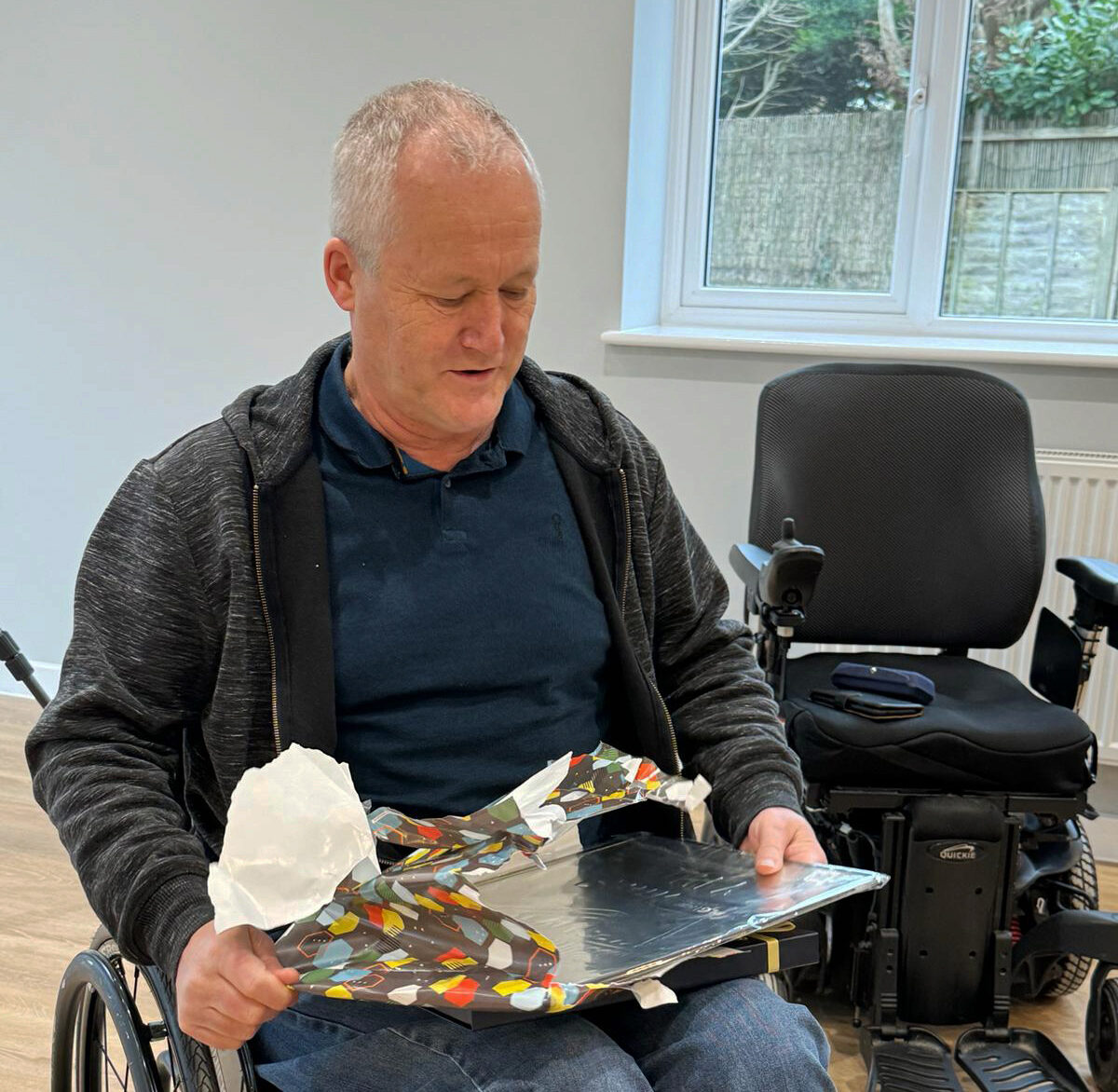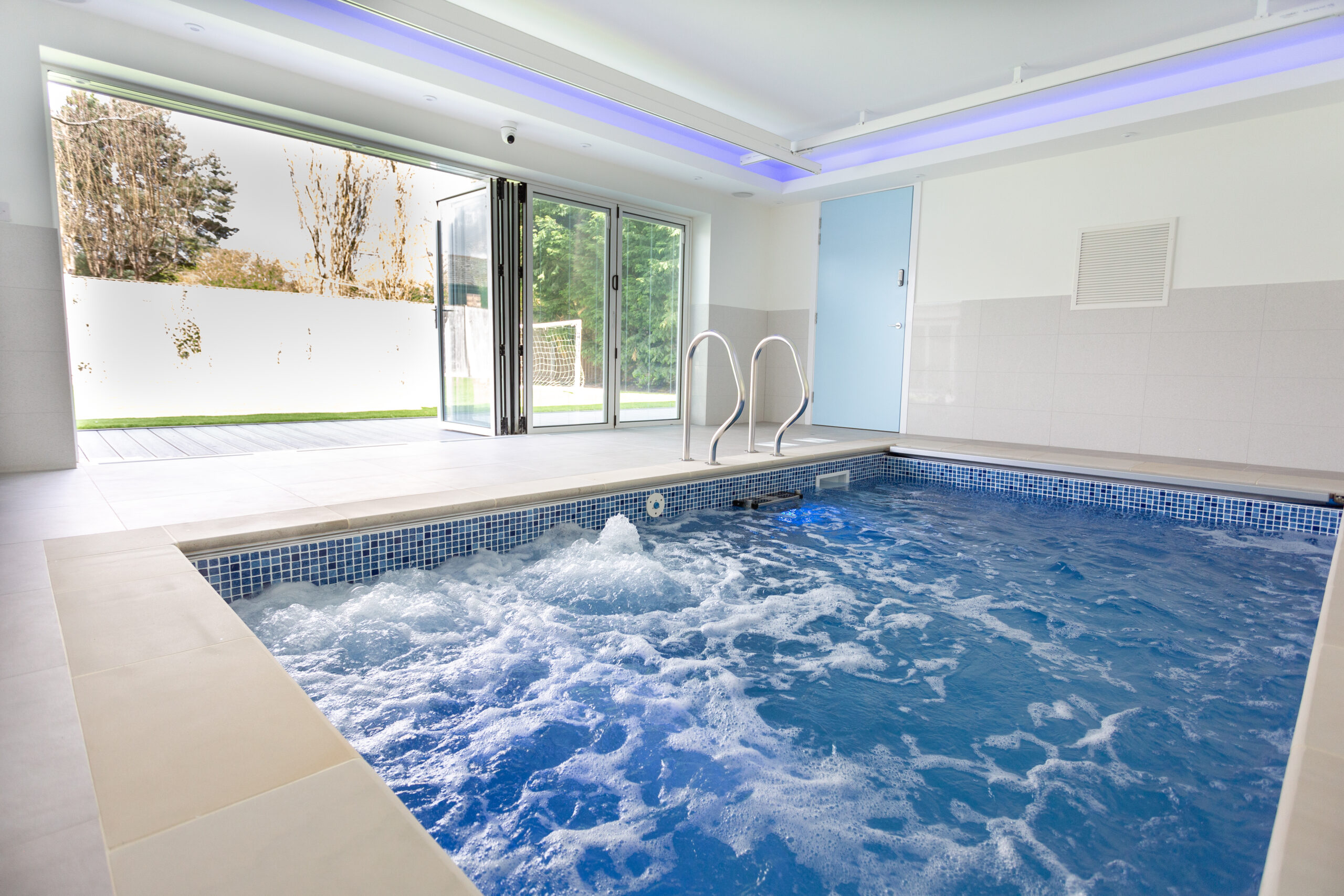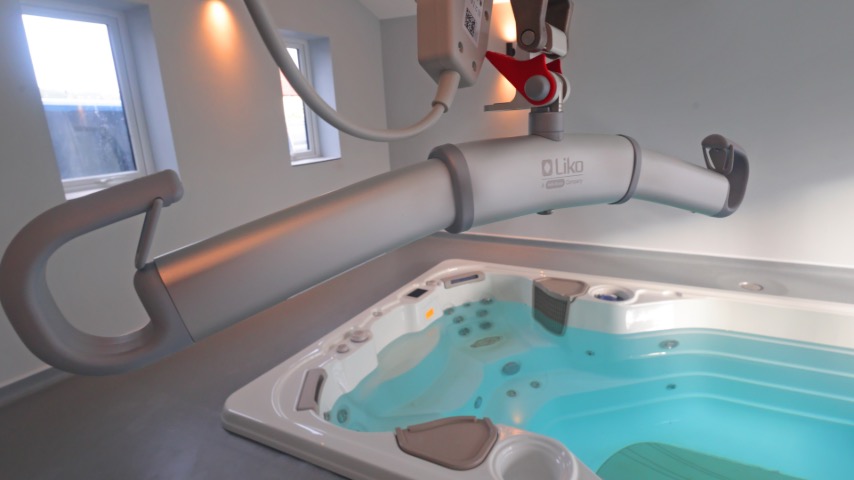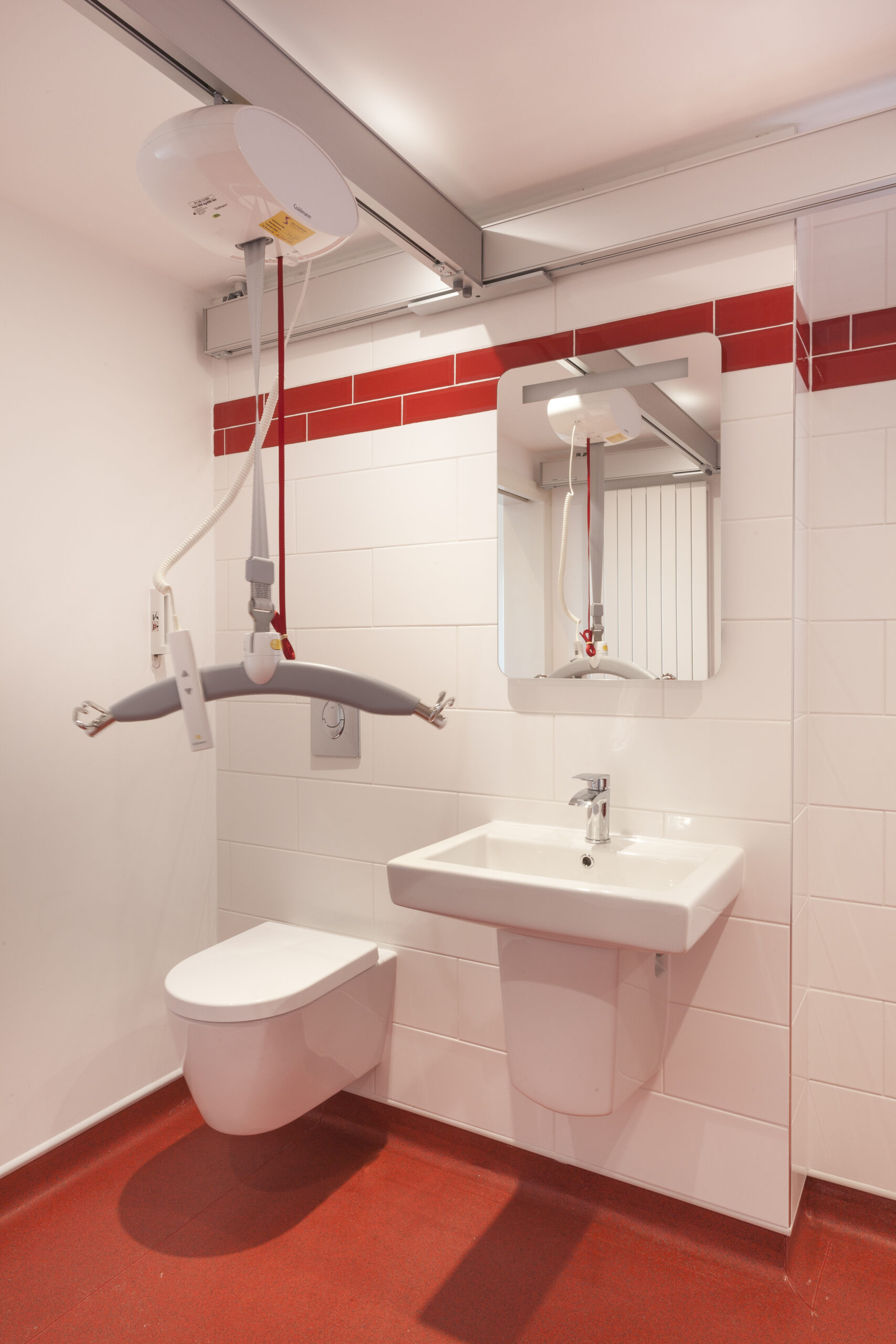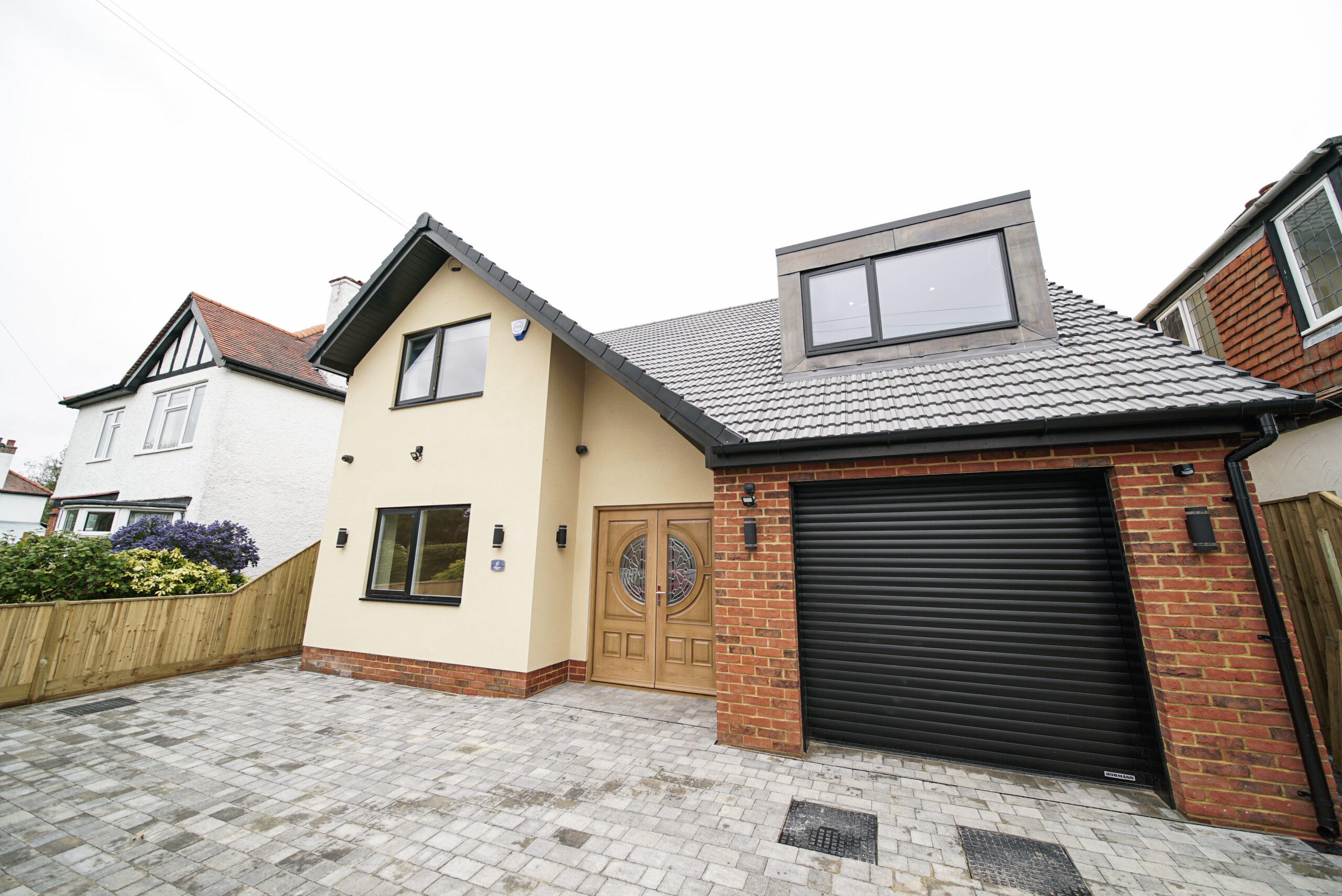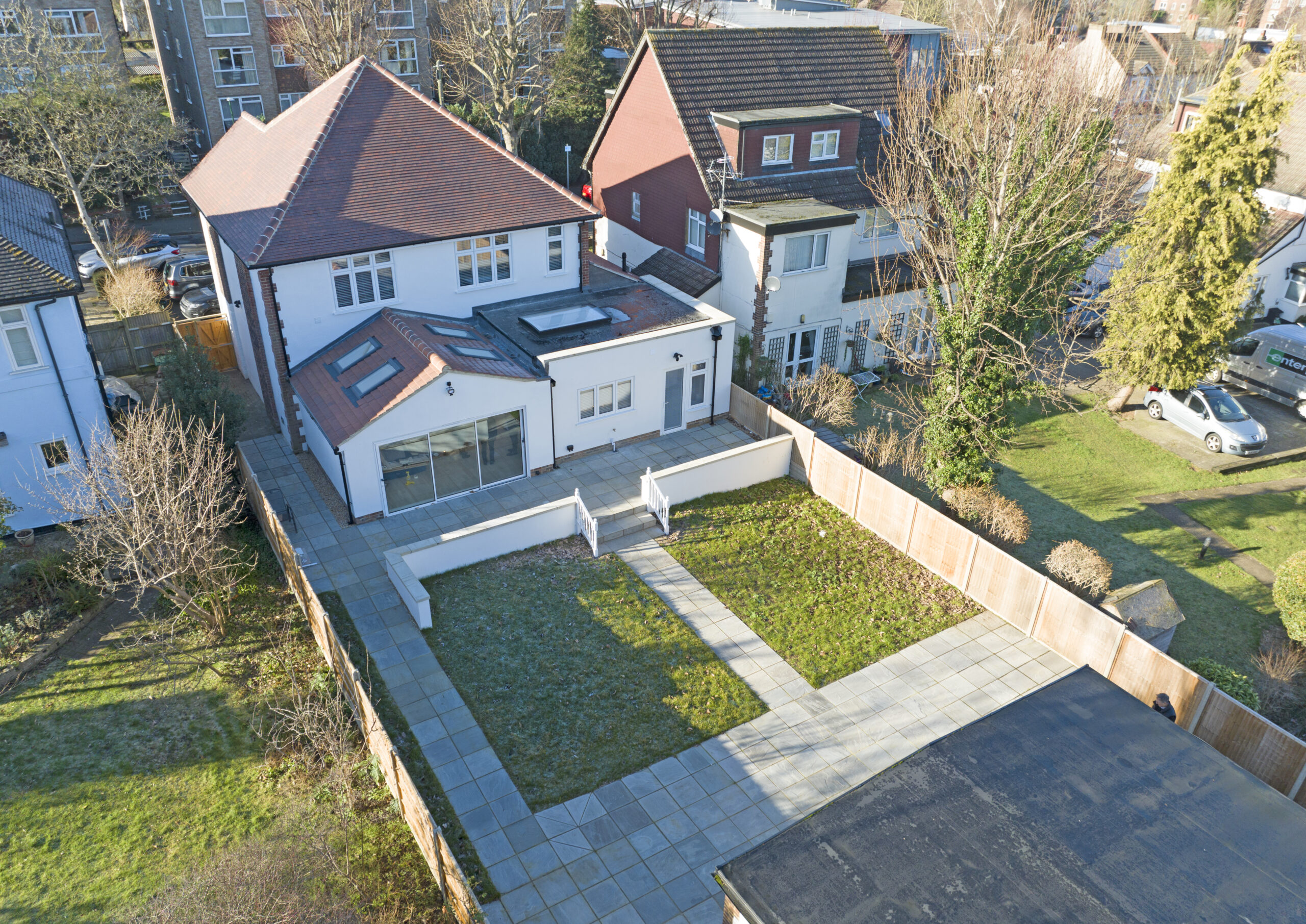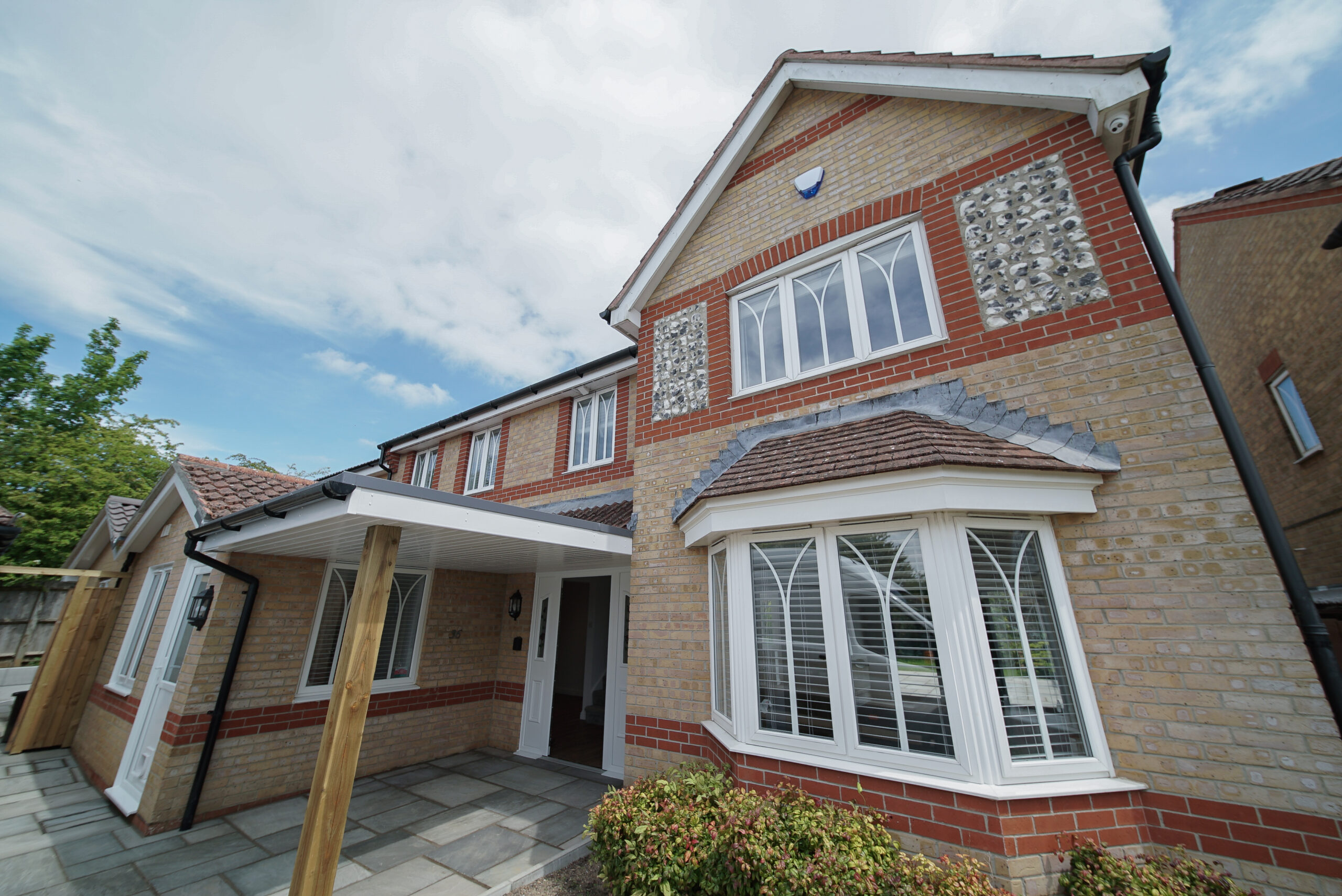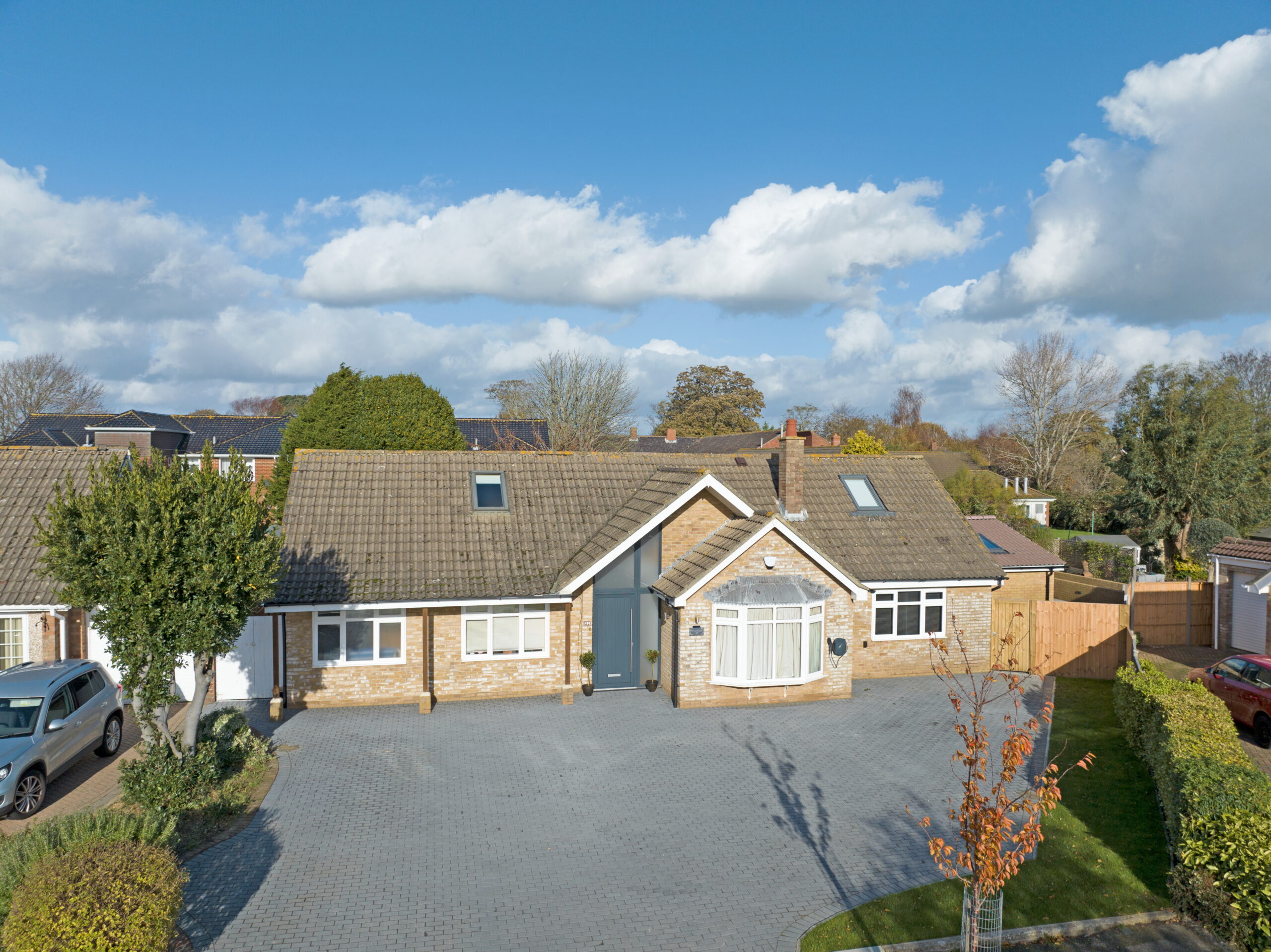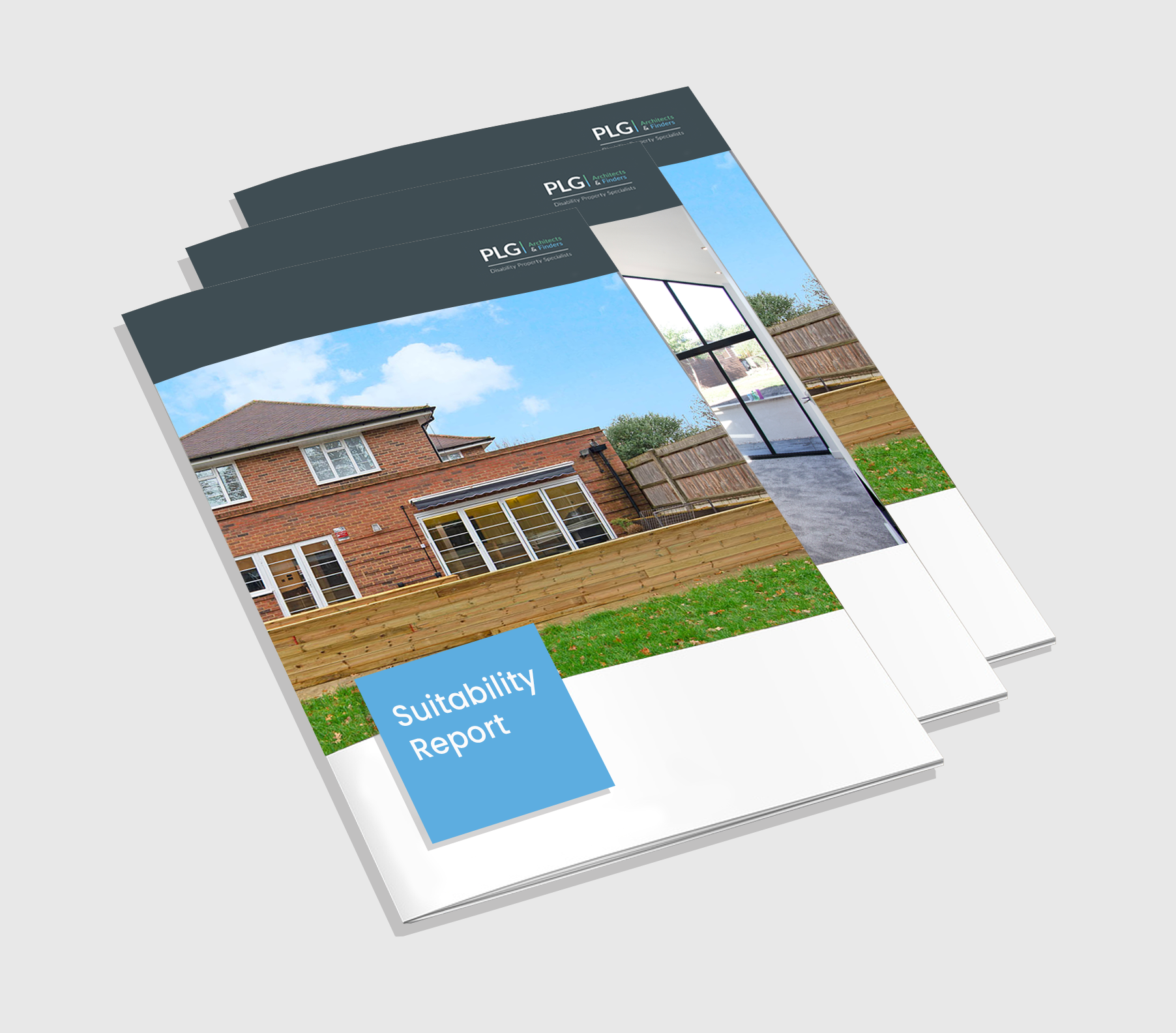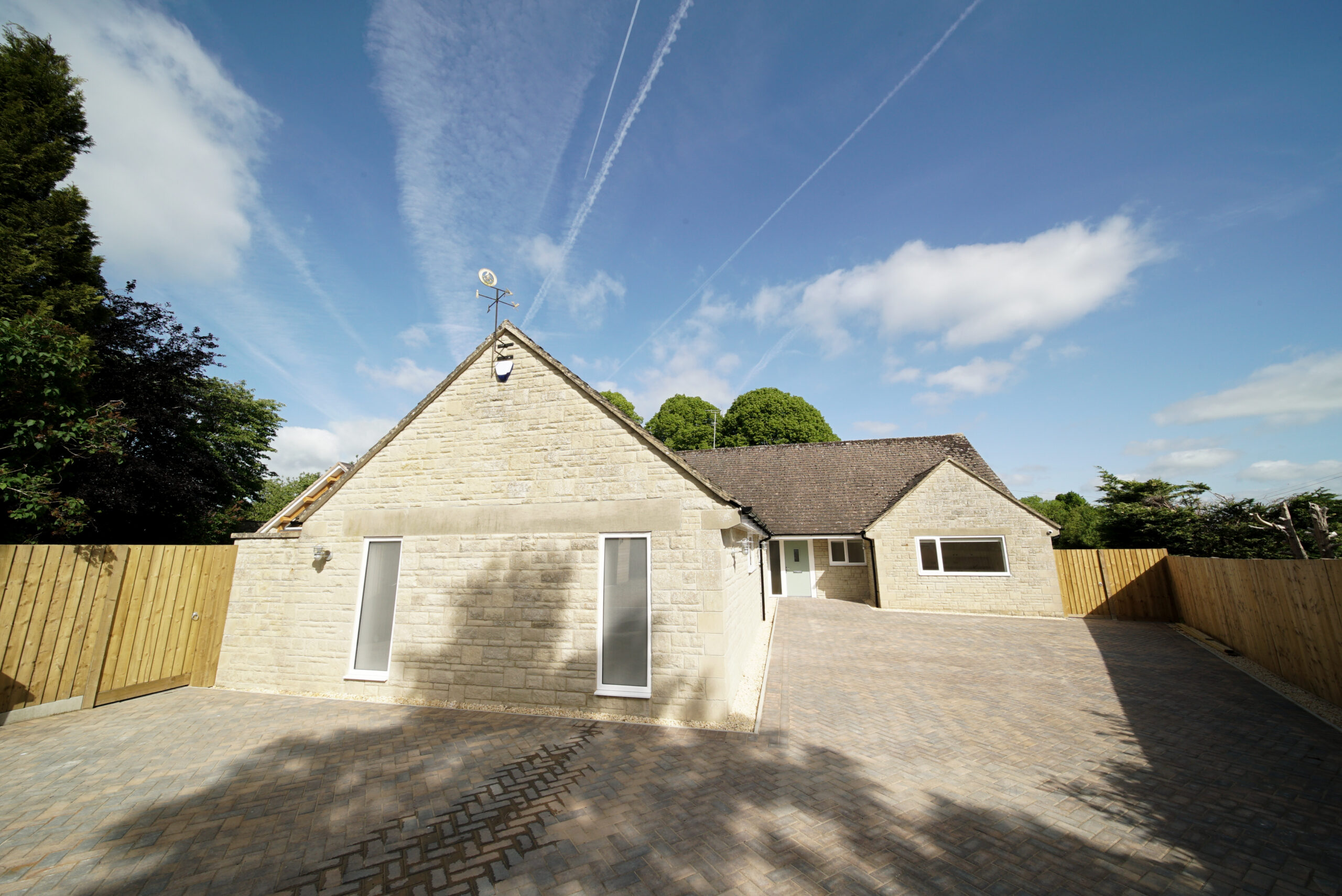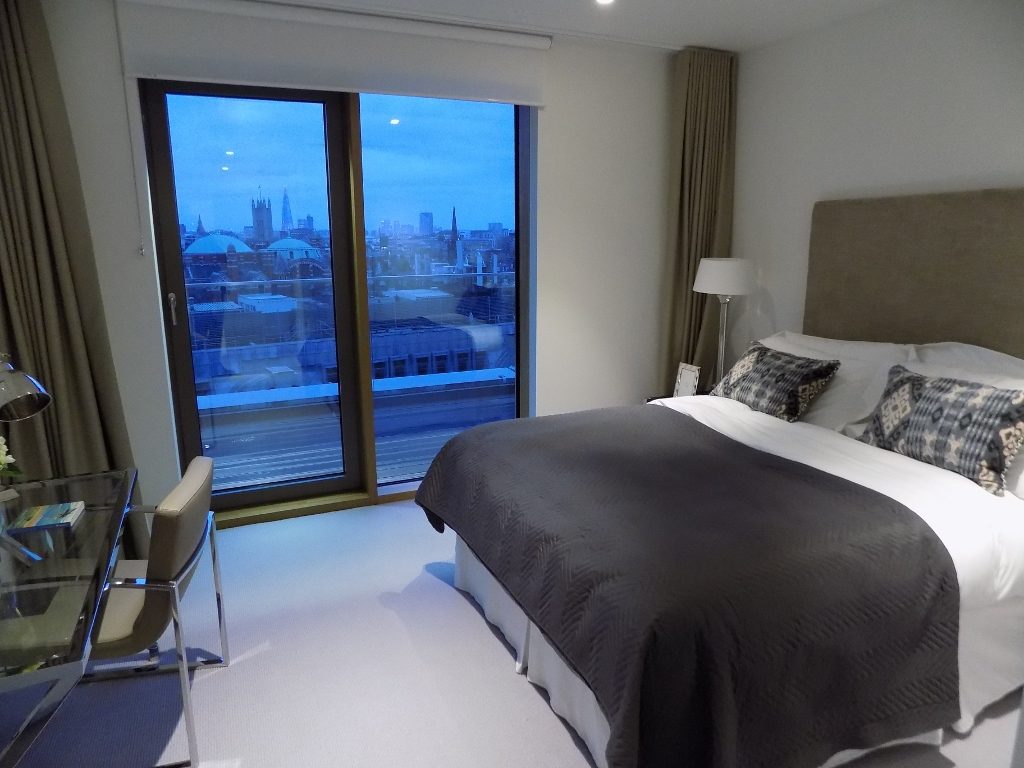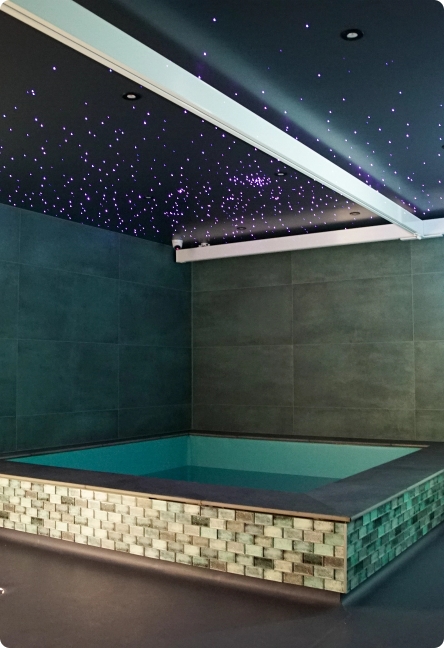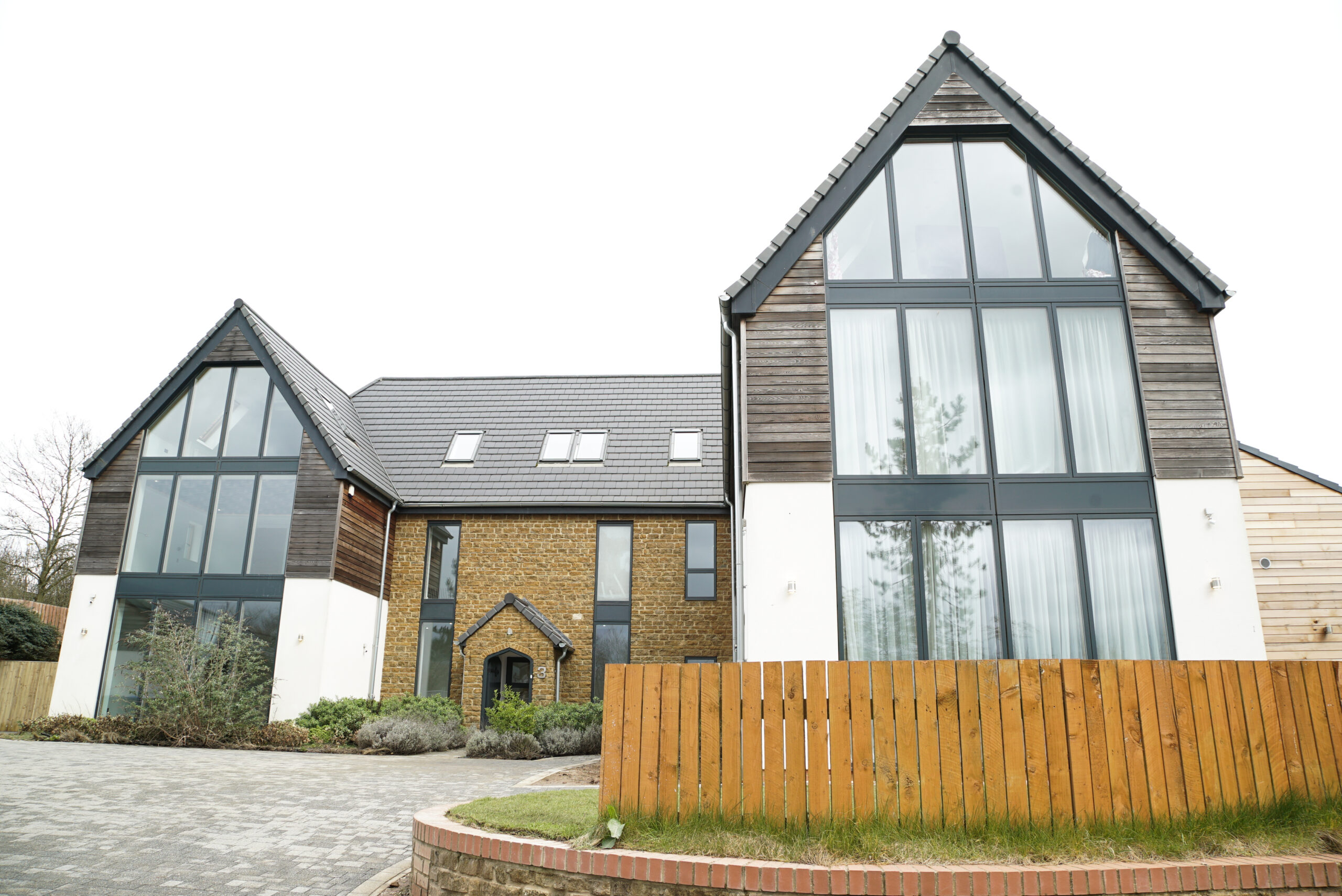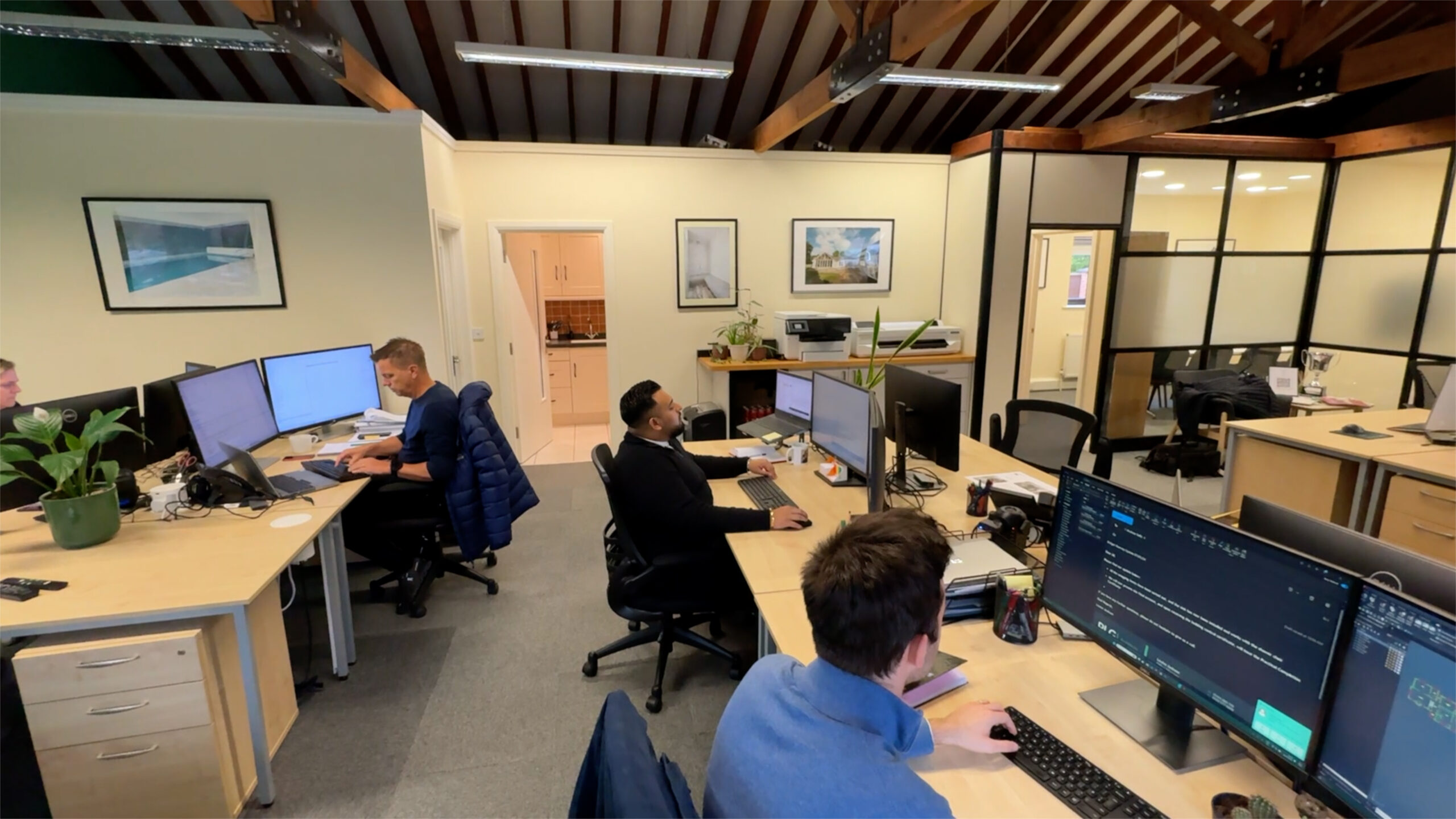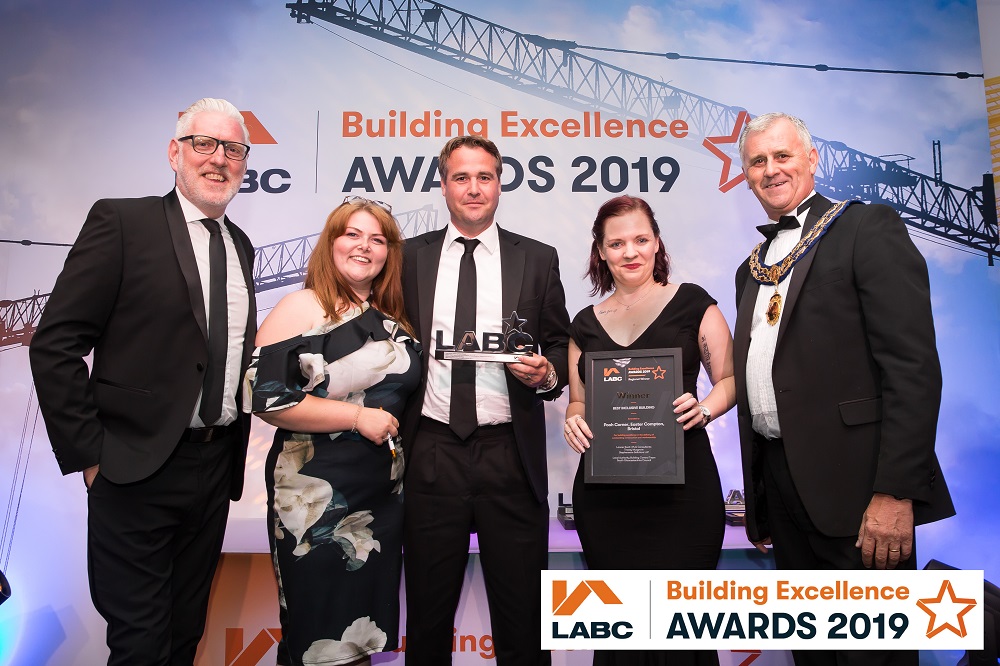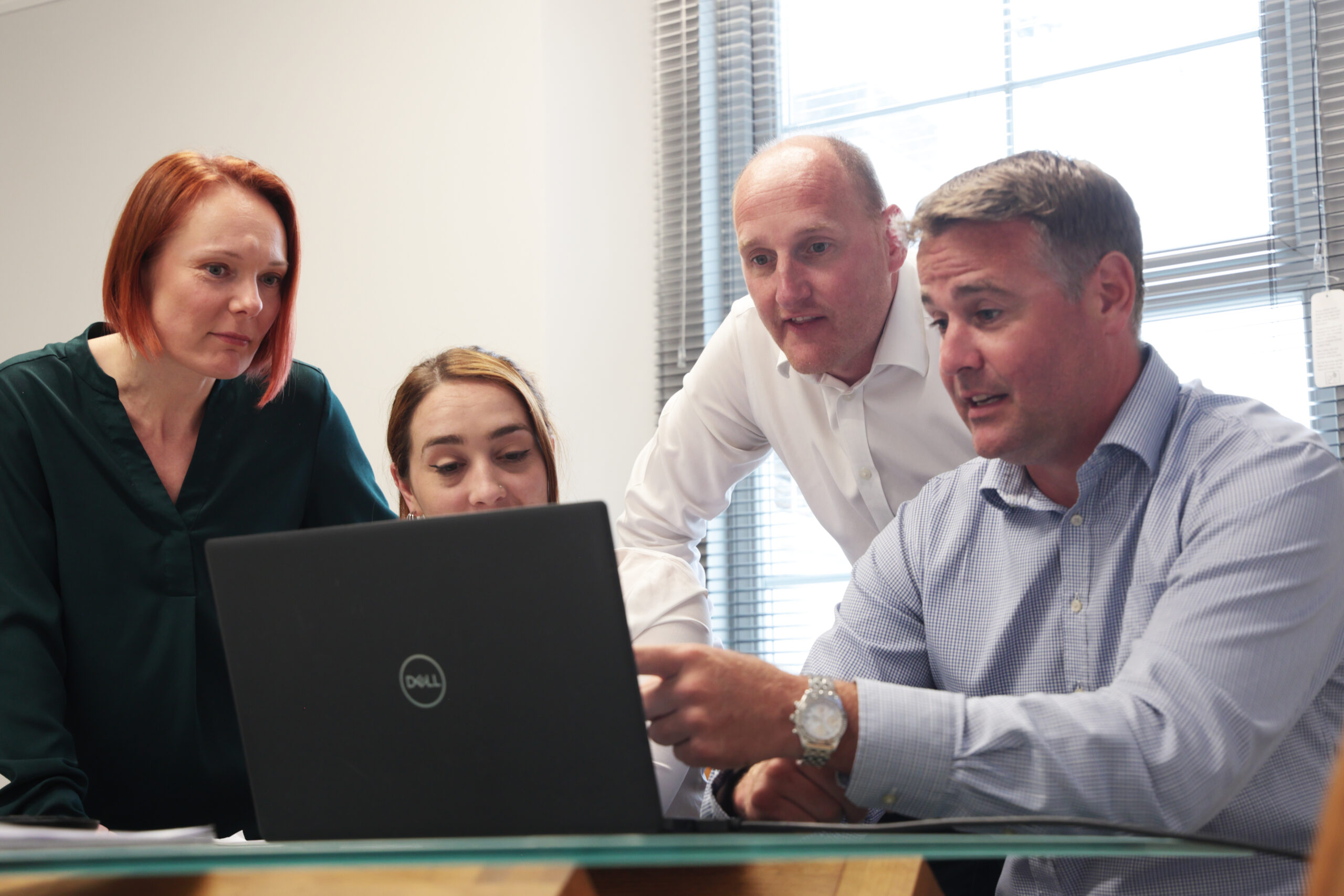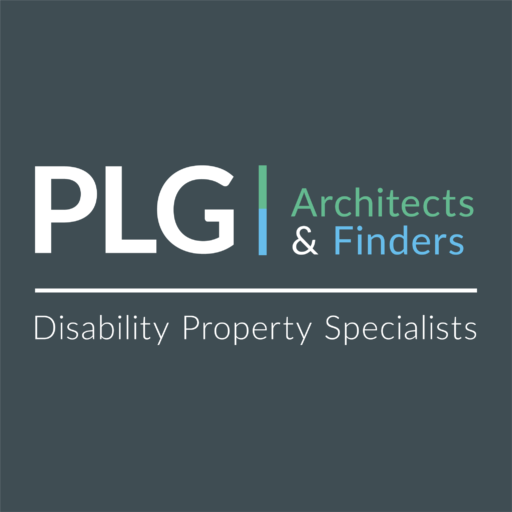In this article, Head of Architecture, Andrew Vallis discusses the importance of anticipating future needs and exploring the process of adapting homes to create inclusive spaces for individuals living with disabilities.
When purchasing a property for an individual’s living with disabilities there are many factors to consider. Typically, people are looking for a home that offers accessibility, safety, convenience and is within close proximity to their support network.
Above all, individuals with disabilities seek a home that not only meets their current needs but can also be adapted to accommodate potential future needs, without imposing unnecessary disruptions in their current lives.
To transform a house into a forever home for our clients, it is vital to understand how the property can effectively address both current and potential future needs and be ‘future-proofed’ accordingly.
Types of Futureproofing
When it comes to ensuring a home stands the test of time, futureproofing becomes a paramount consideration.
Futureproofing encompasses a range of factors, including physical needs, home life, environmental requirements, and financial considerations. Whether it involves accommodating changing physical abilities, enhancing daily routines, embracing sustainable practices, or securing financial stability, understanding the importance of futureproofing is key to creating a resilient and adaptable home.
Physical Needs
Every client is unique, with ever-evolving needs, preferences, and aspirations. As they grow and develop, their lifestyles change, necessitating adjustments in the home. While we cannot predict the future with absolute certainty, there are reasonable assumptions we can make that can greatly influence the decisions we make at the outset of a project. By carefully considering potential needs, we can lay the groundwork to ensure that these needs are continuously met over time.
A fundamental aspect of futureproofing involves understanding the potential future requirements of a property. This foresight allows us to incorporate suitable provisions discreetly, ensuring their seamless integration in the future if required without excessive complications or costs. By taking proactive measures from the beginning, we can create homes that effortlessly adapt to changing circumstances, enhancing comfort, convenience, and overall well-being. These features can include:
Accessibility
- Widened doors and corridors.
- Level access provisions.
Lifts
- Installation ahead of need.
- Break out panels in floor to allow for future installation.
Making retrofitting easy
- Is there anything which can be built in at the start to make any future retrofitting easy (such as concealed support for future hoists)?
Changing Care Needs
- Carers suites, what is the likely maximum care requirements for an individual, and how to accommodate?
Adaptability
- Movable/removable partitions help to easily facilitate changes in habitation dynamics.
Hydrotherapy pool Infrastructure
- Is this a likely phase 2? Can we put in the infrastructure now that means construction is less disruptive in the future?
Home Life
When designing and building accessible homes, the concept of growth and development encompasses more than just physical aspects. It extends to a person’s preferences, interpersonal connections, and relationships, encompassing familial, social, and romantic aspects. These elements can significantly influence the requirements placed upon their living space; this can include:
Family Dynamics
- Families change, siblings move away and parents age. How does this affect a proposed property? Is there a way to design in things to make transitions easier?
Relationships
- Can a romantic relationship be facilitated within the property, is there provision for independence and separation of spaces?
Independence
- Design a property to be as adaptable as possible, can the property be lived in as independently as someone is able to?
Privacy
- Separate carers accommodation and entrance to reduce cross over.
- Position of ‘private’ accommodation to reduce overlooking from communal areas.
Environmental Requirements
Achieving a comfortable and stable internal environment within a home can have a profound impact on overall quality of life. As individuals experience decreased mobility, the importance of having precise control over the living environment becomes even more significant. By prioritising peak environmental performance and implementing environmentally friendly systems, we can proactively address and mitigate potential energy cost risks in the future. Some of the environmental requirements include:
Thermal Performance
- What are the requirements, are these likely to change? Will further controls such as air cooling/conditioning be needed in the future?
Solar
- Position key areas outside of direct glare to avoid discomfort.
- Does there need to be any solar shading used to reduce overheating due to solar gain?
Acoustic Performance
- Are there noise sensitivity considerations?
- Position key spaces acoustically separate to reduce any future discomfort.
Power
- Upgrade to 3 phase
- EV Charging
- Battery Storage
- Generator back up
Financial
Financial future-proofing is an important and complex balance, ensuring that anticipated future needs can be met without unnecessarily escalating the initial financial investment. Striking this balance is crucial to safeguarding the client’s financial well-being and preparing for the uncertainties that lie ahead. Some financial considerations include:
Maintenance
- Durable material choices will help to significantly reduce ongoing maintenance and future replacement, counteracting a higher initial outlay.
Running Costs
- Thermal Performance.
- Power Generation on-site.
Further Adaptation
- Planning for the future can significantly reduce future costs of adaptation/installation as care needs change.
Getting it right first time
- Buying the right property first time around can remove any need for subsequent moves and the associated costs.
The art of future-proofing properties lies in the understanding of and anticipating future needs of the client from the very outset of a home design project. By identifying solutions and strategies we can seamlessly incorporate provisions and features into homes that will support evolving requirements.
By embracing this forward-thinking approach, we build properties that continue to meet every need of our clients, enabling them to live independently in a home that they can enjoy for years to come.
For more information, contact us on hello@plg.uk, or call: 0333 577 0809.
